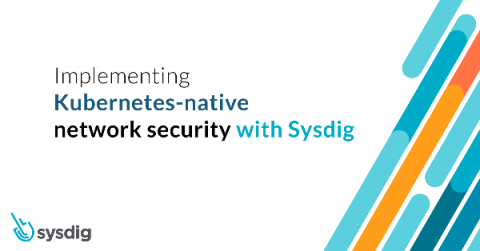Adventures in MQTT Part II: Identifying MQTT Brokers in the Wild
The use of publicly accessible MQTT brokers is prevalent across numerous verticals and technology fields. I was able to identify systems related to energy production, hospitality, finance, healthcare, pharmaceutical manufacturing, building management, surveillance, workplace safety, vehicle fleet management, shipping, construction, natural resource management, agriculture, smart homes and far more.










